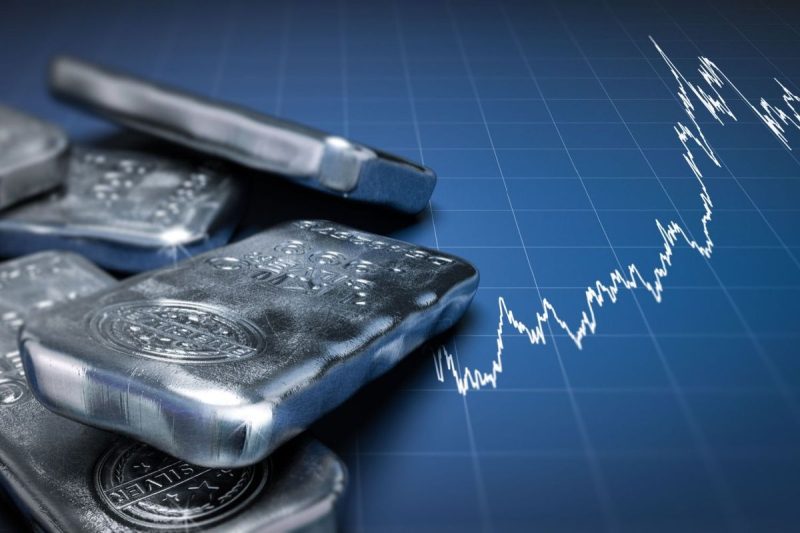
Silver Investment Strategies: Your Guide for 2024!
Investing in Silver: A Comprehensive Guide
Understanding the Basics of Investing in Silver
When it comes to investing in precious metals, silver stands out as a popular choice for many investors. Silver has been recognized as a valuable asset for centuries, with its price being influenced by various factors such as industrial demand, investment demand, currency fluctuations, and geopolitical events. Before diving into silver investment, it is crucial to understand the basics of silver as an investment option.
Silver, like gold, is considered a safe-haven asset and a hedge against inflation. Investors turn to silver during times of economic uncertainty or when the value of fiat currencies is declining. Unlike gold, which is primarily used as a store of value, silver has both investment and industrial applications. Silver is widely used in industries such as electronics, healthcare, solar panels, and automotive manufacturing, making it a critical metal for various sectors.
Ways to Invest in Silver
There are several ways to invest in silver, each offering different benefits and risks. Here are some of the most common ways to invest in silver:
1. Physical Silver: Investing in physical silver in the form of bullion coins, bars, or rounds is a popular choice among investors. Physical silver offers tangible ownership of the metal, making it a great option for those who prefer to hold their investments directly. However, owning physical silver also comes with storage and security considerations.
2. Silver ETFs: Exchange-traded funds (ETFs) that track the price of silver provide investors with an easy way to gain exposure to the silver market. Silver ETFs trade on major stock exchanges and are backed by physical silver, making them a convenient option for those looking to invest in silver without the hassle of storing physical metal.
3. Silver Mining Stocks: Investing in silver mining companies is another way to gain exposure to the silver market. By purchasing shares of silver mining companies, investors can benefit from the potential upside of increased silver prices and successful mining operations. However, investing in mining stocks comes with additional risks, such as operational challenges and company-specific issues.
4. Silver Futures and Options: For more experienced investors, trading silver futures and options on commodity exchanges provides a way to speculate on the future price of silver. Futures and options contracts allow investors to leverage their capital and potentially achieve significant returns, but they also involve higher risks and complexities compared to other investment options.
Factors to Consider When Investing in Silver
Before investing in silver, it is essential to consider several factors that can influence the price and performance of silver investments. Some key factors to keep in mind include:
1. Market Conditions: The price of silver is influenced by various market factors, including supply and demand dynamics, geopolitical events, currency fluctuations, and inflation. Understanding these market conditions can help investors make informed decisions when investing in silver.
2. Storage and Security: If you choose to invest in physical silver, you will need to consider storage and security options for your precious metals. Proper storage is essential to protect your investment from theft, damage, or loss, so it is important to choose a secure storage solution that meets your needs.
3. Diversification: Like any investment, diversification is key to managing risk when investing in silver. By diversifying your silver investments across different assets, such as physical silver, ETFs, and mining stocks, you can reduce the impact of market fluctuations on your overall portfolio.
4. Long-Term Perspective: Investing in silver should be seen as a long-term strategy rather than a short-term speculation. Silver prices can be volatile in the short term, so having a long-term perspective and staying focused on your investment goals can help you ride out market fluctuations and benefit from the potential growth of silver over time.
In conclusion, investing in silver can be a valuable addition to a well-rounded investment portfolio. As a versatile metal with both industrial and investment applications, silver offers investors a hedge against economic uncertainty and inflation. By understanding the basics of silver as an investment option, exploring various investment methods, and considering key factors that influence silver prices, investors can make informed decisions when adding silver to their investment portfolio.
